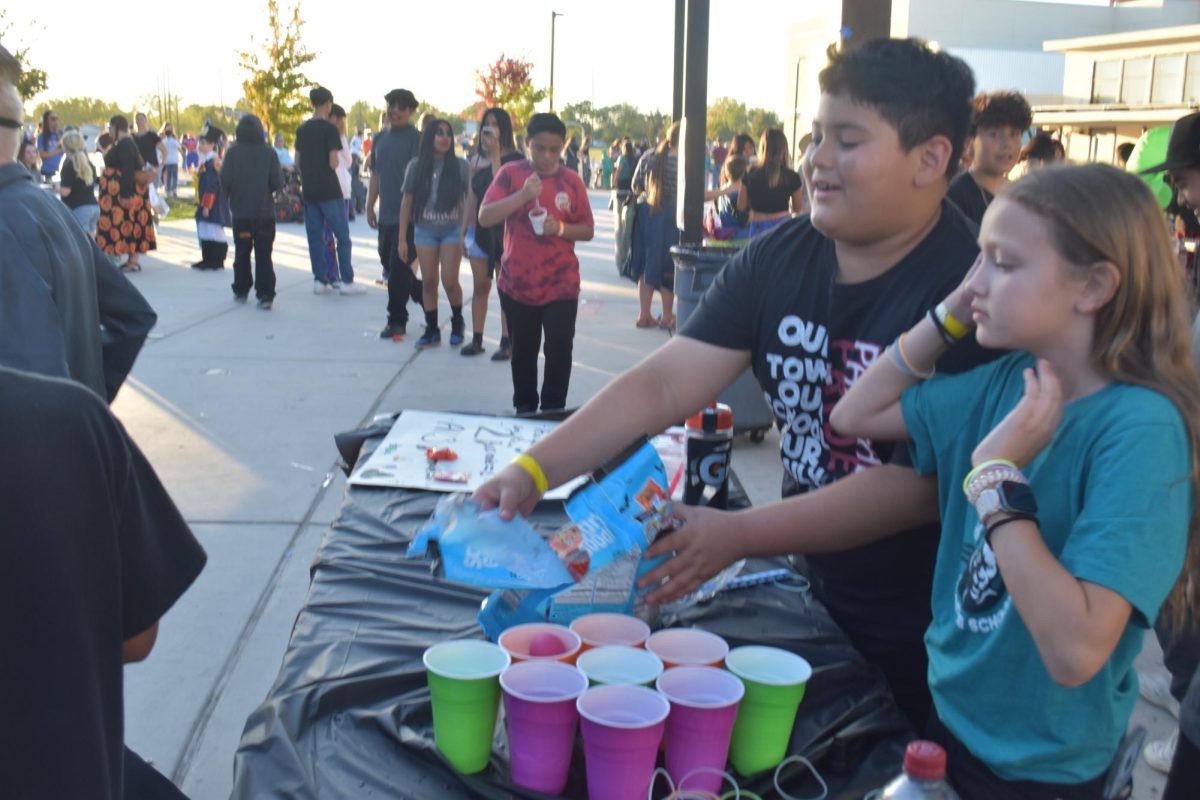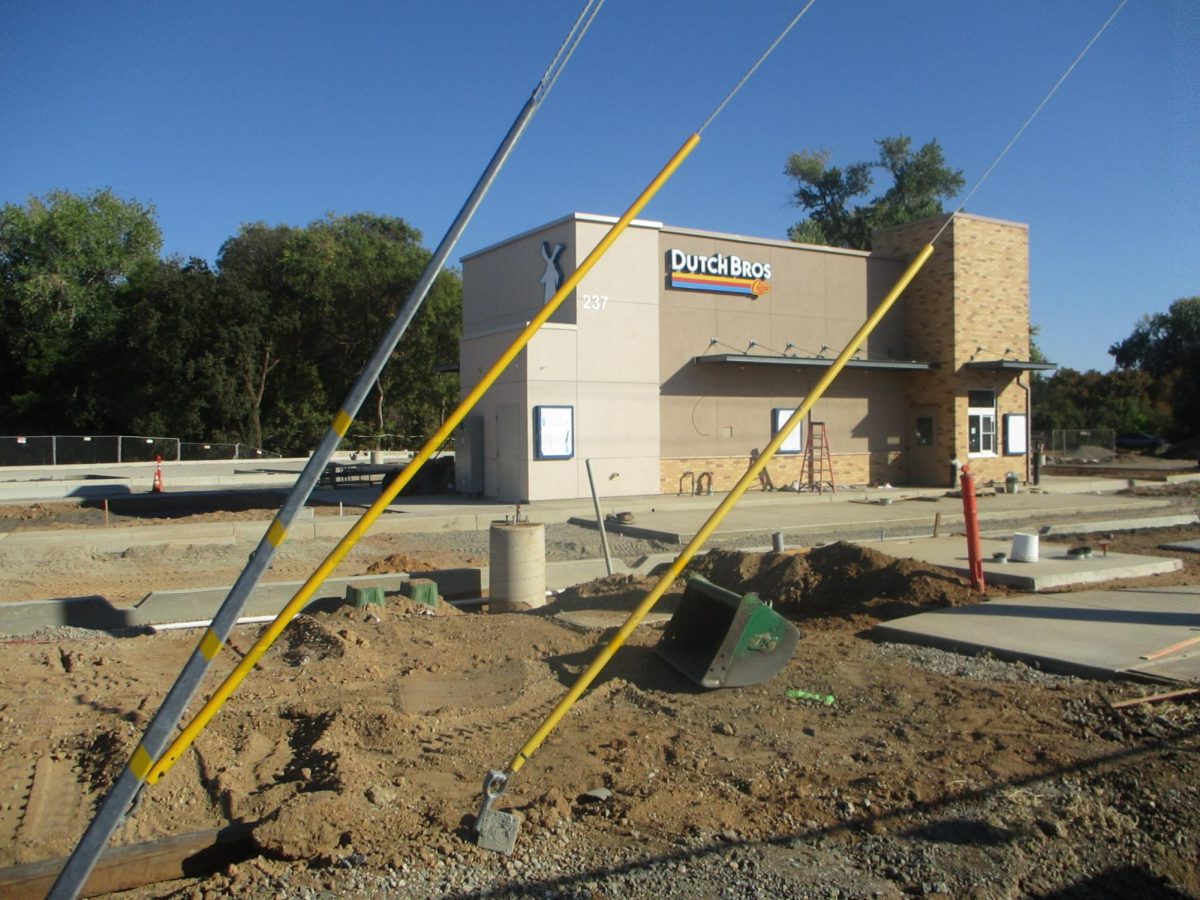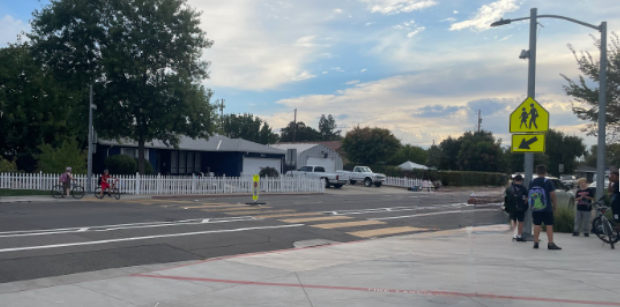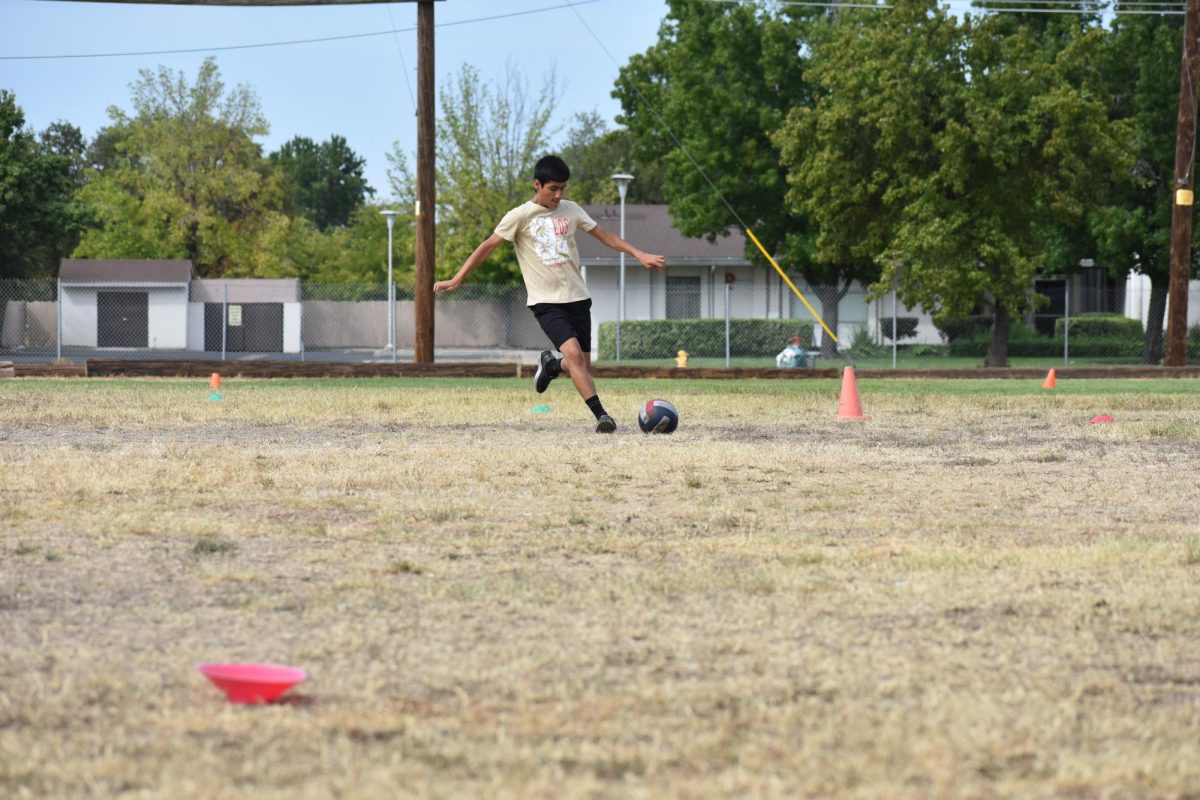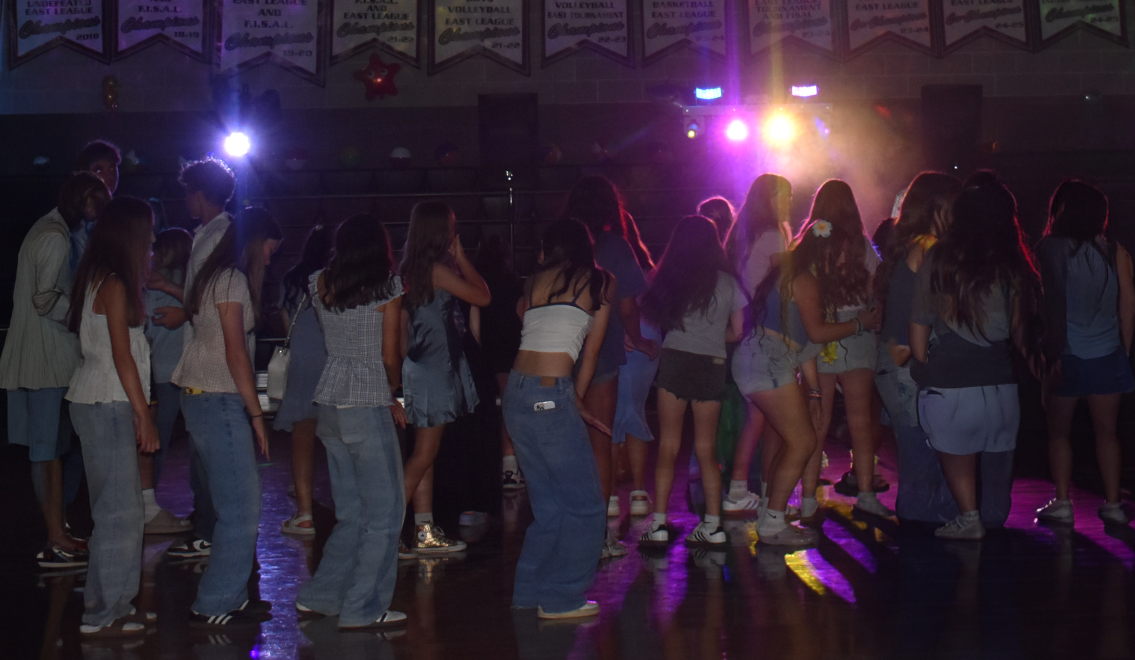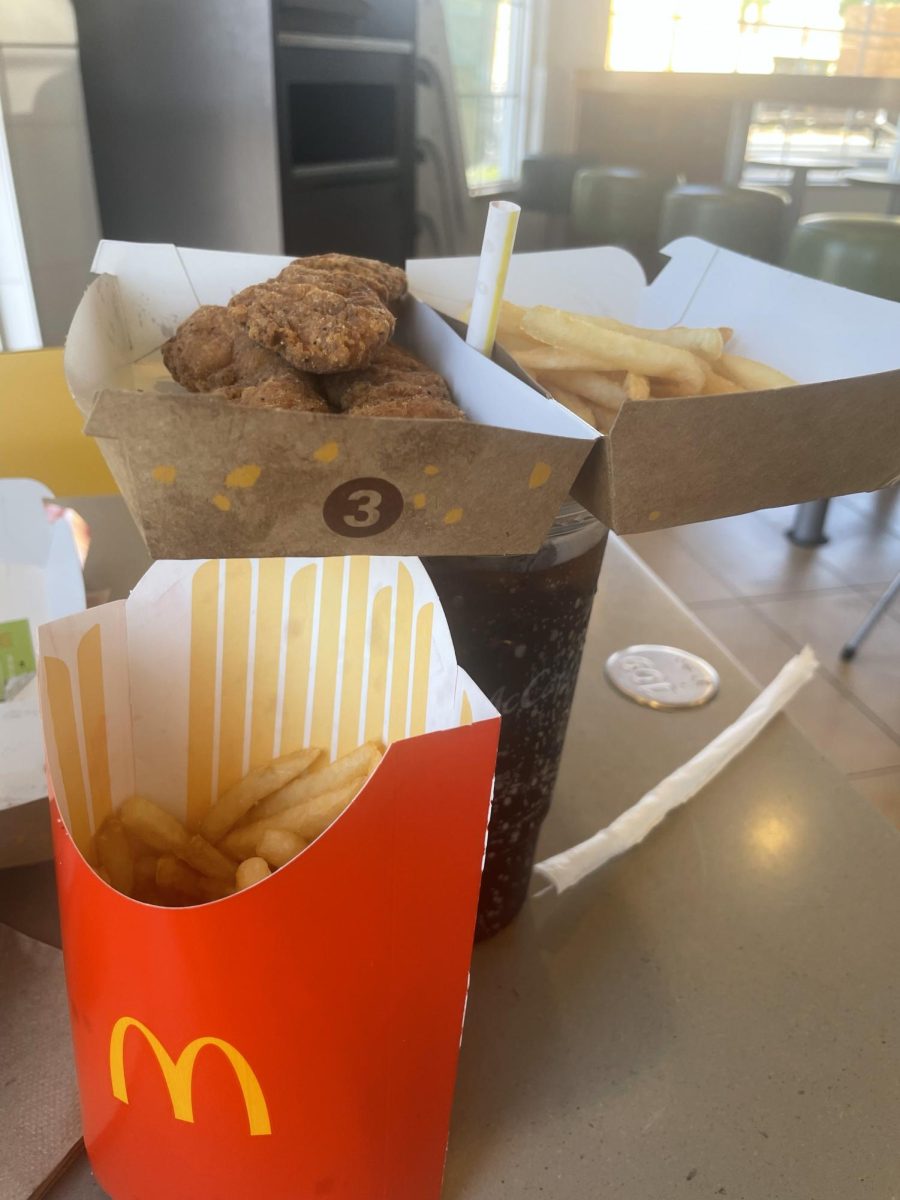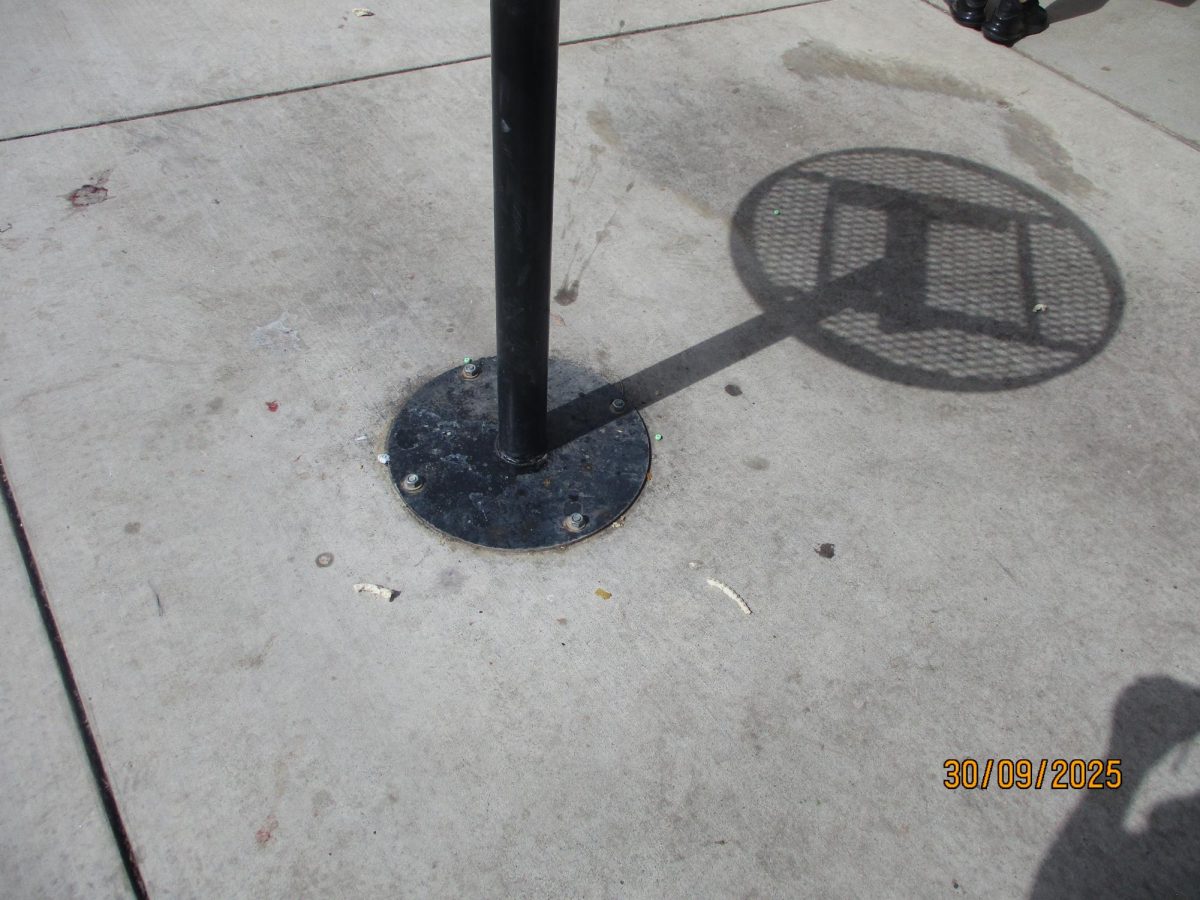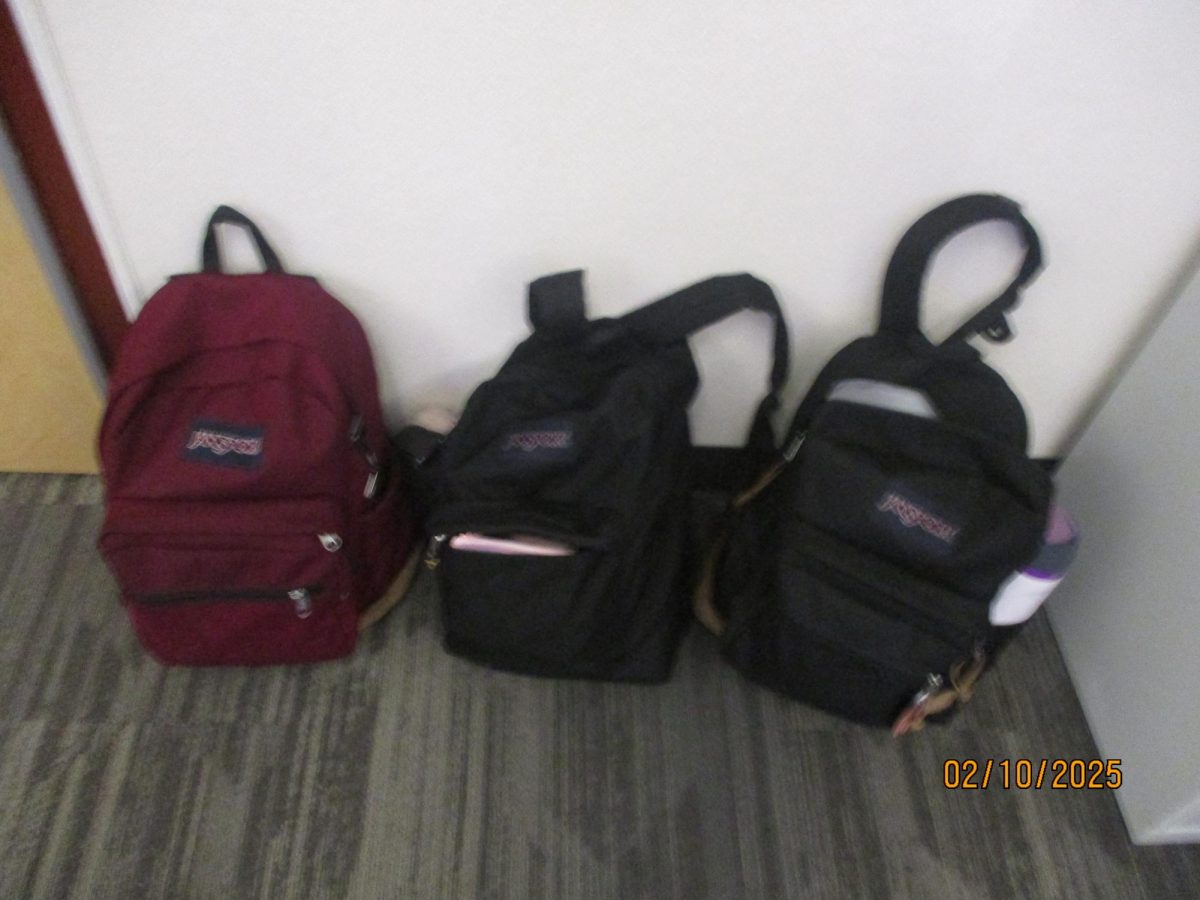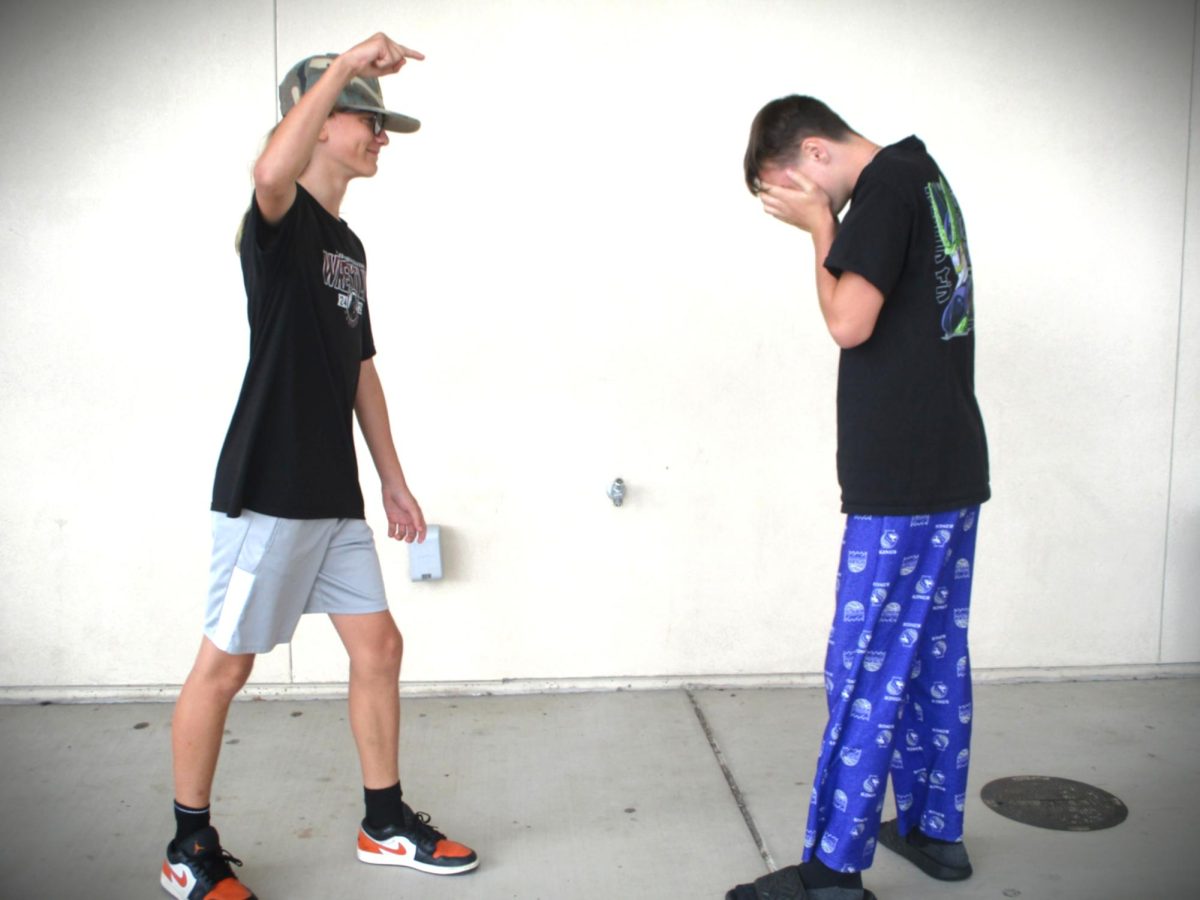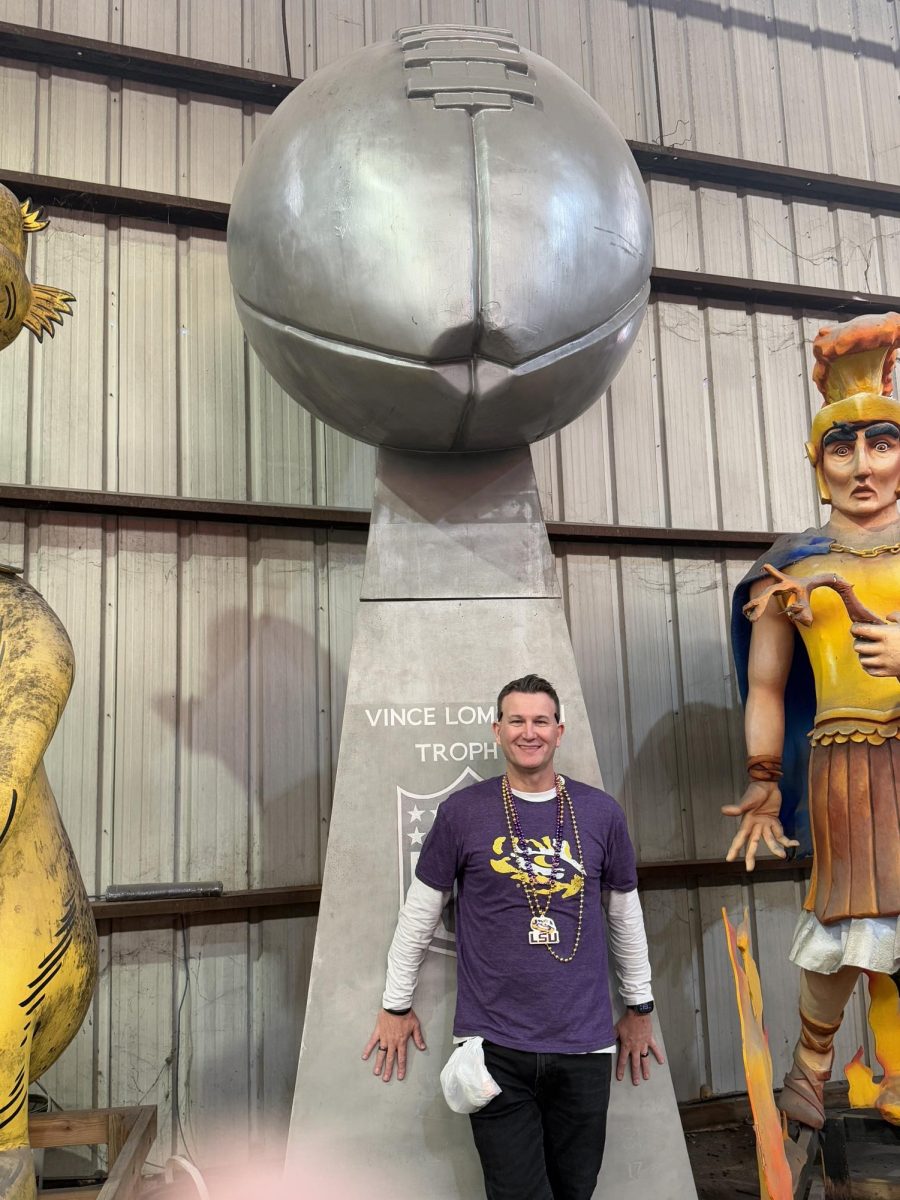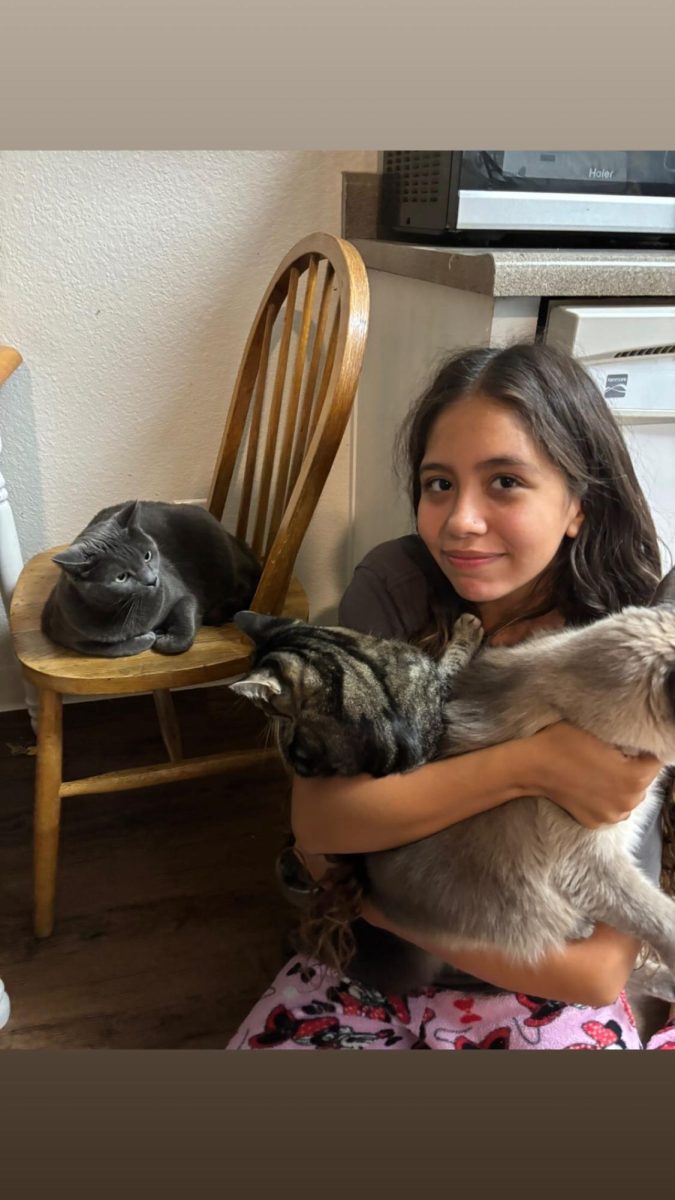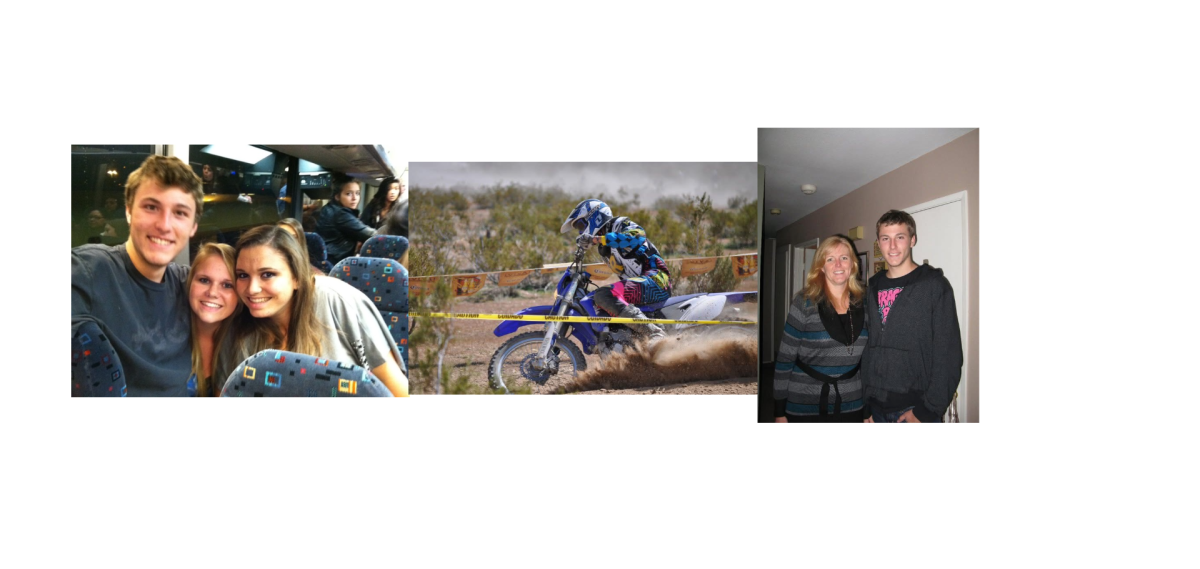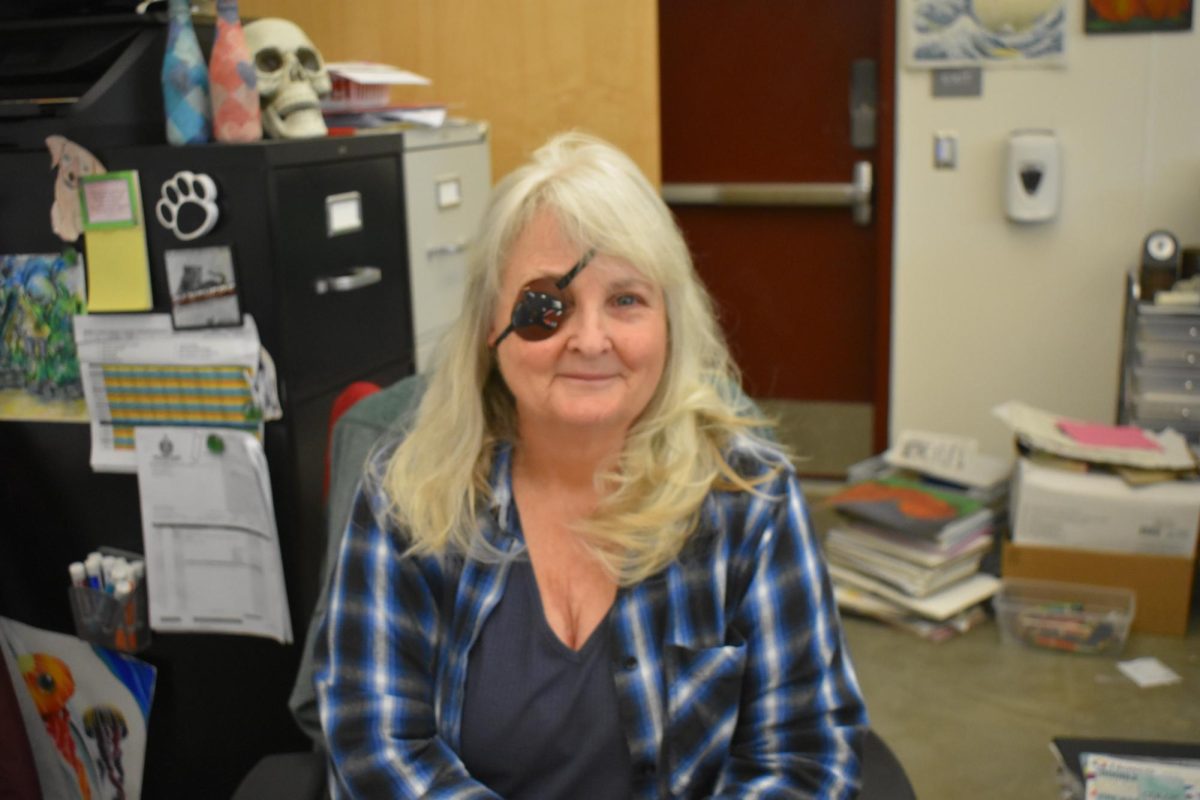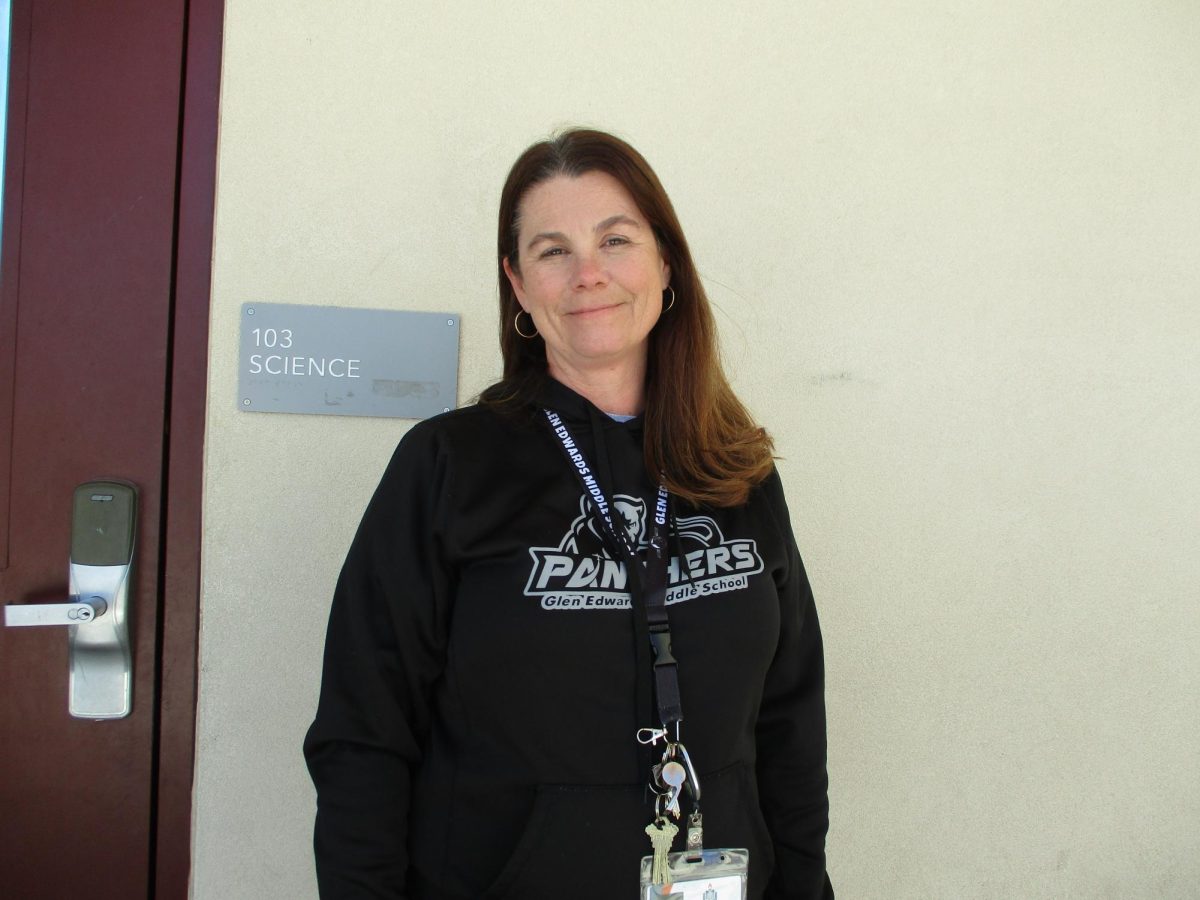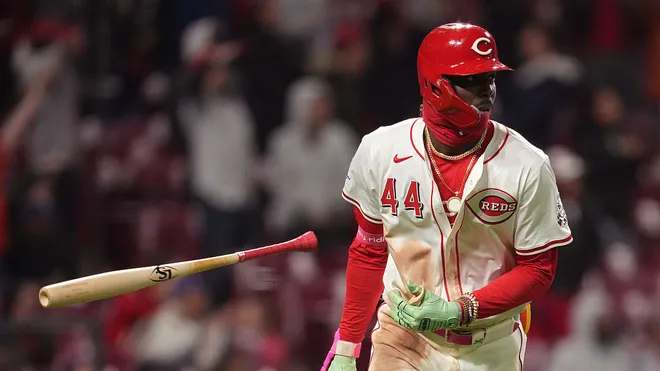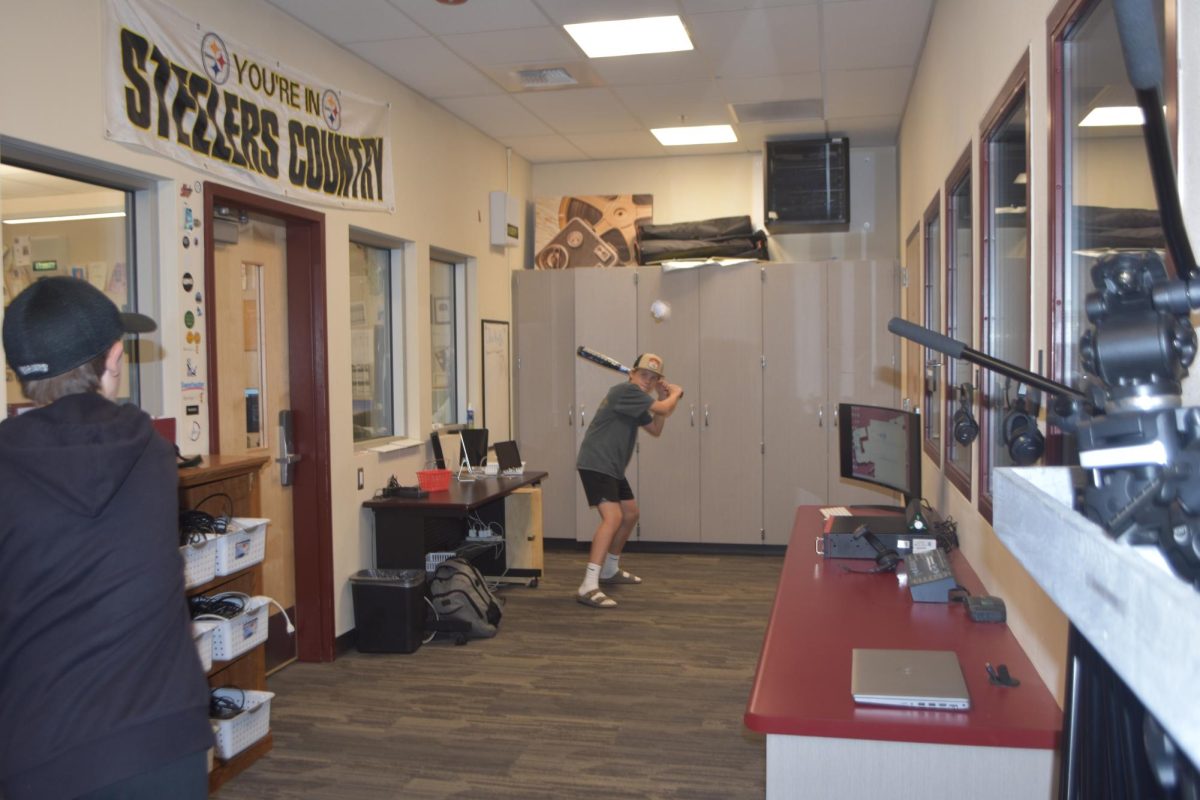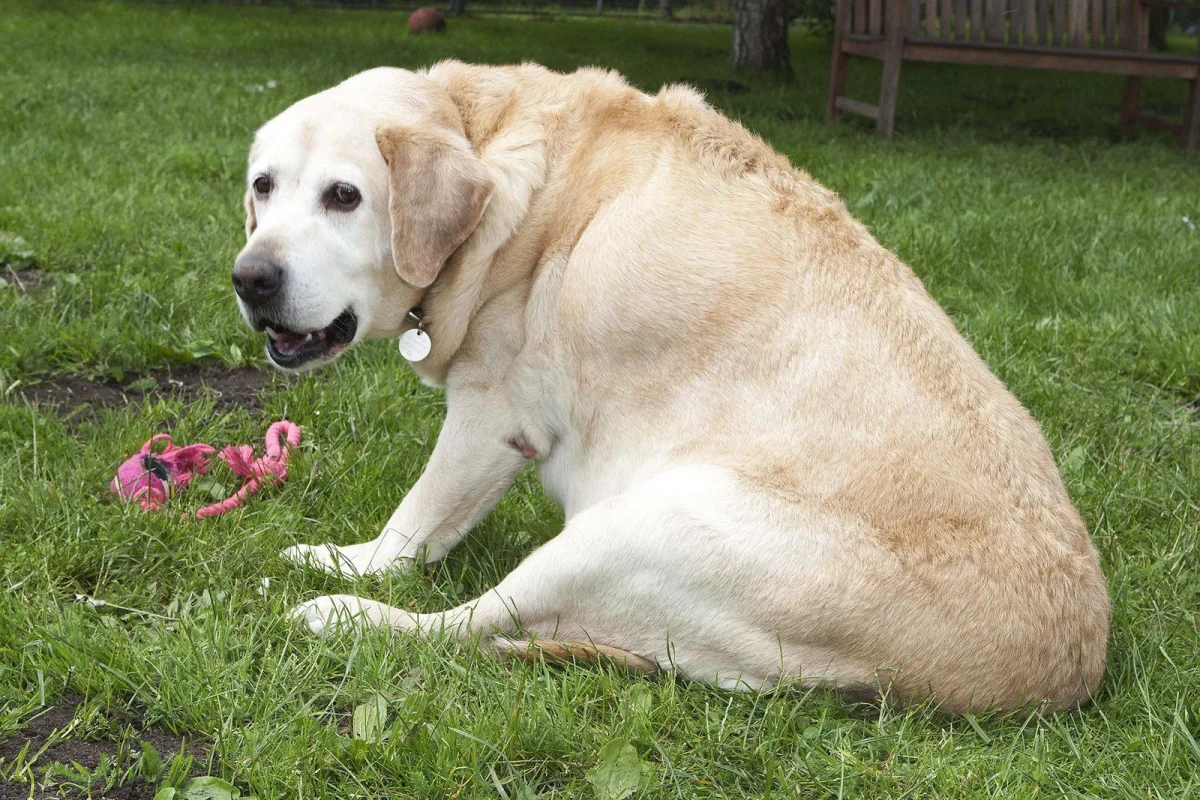
Almost everybody knows about the LA fires, but most people don’t know that Alfredo Deollas, our SRO officer, went down to help with the aftermath. Even though he arrived after the fires were mostly contained, he still played a crucial role in the recovery efforts. But what was it like to go down there and help out?
Background Information
The LA fires started in early 2025 and have now been contained, but the aftermath is still devastating. There are many possible reasons for how the fires started, but what are some of the main causes? With the higher temperatures, the fires worsened. Many wildfires are ignited by human actions, such as discarded cigarettes, electrical equipment malfunctions, or even arson. The Santa Ana winds—strong, dry winds—accelerate the spread of wildfires by fanning the flames and carrying embers over long distances. The LA fires were devastating not just for the entire community but also for individuals who could have lost their homes. The fires didn’t just affect the land; they also created significant air pollution, making it hard for everyone to breathe. Additionally, the financial impact on LA was huge, with the government having to pay billions of dollars in damages.
SRO Interview
I asked the SRO officer how he helped out with the LA fires, and he said, “We got there as the fires were pretty much contained. My military job is in construction, operating equipment like bulldozers and all the big machines you kind of see in the neighborhood around here. So, I went to the Eden fire area in Pasadena, and essentially what they had us doing was restructuring and resurfacing bases and dams, anticipating mudslides that were going to come later.”
I also asked him what the biggest challenge was, and he said, “The long hours. We were pretty much operating 24 hours on 12-hour shifts. And it wasn’t just the 12-hour schedule; we were getting bussed over from our sleeping area, which was an hour away. With LA traffic, we weren’t getting much sleep, which I guess was the hardest part.”
I asked the SRO many things, but I can’t fit everything in this article. However, I did include some of the highlights. The last thing I asked him was what kind of training helped him with the LA fires. He responded, “Since I worked the post-fire efforts, it really comes down to my years of experience. I’ve been in construction on the army site for about 12 years. We were essentially just bulldozing 12 hours a day, which was pretty easy for me. I was just pushing dirt where it needed to go, scooping it up, throwing it into a dump truck, and taking it somewhere else.”
That’s a brief overview of what the LA fires were like and what happened.

